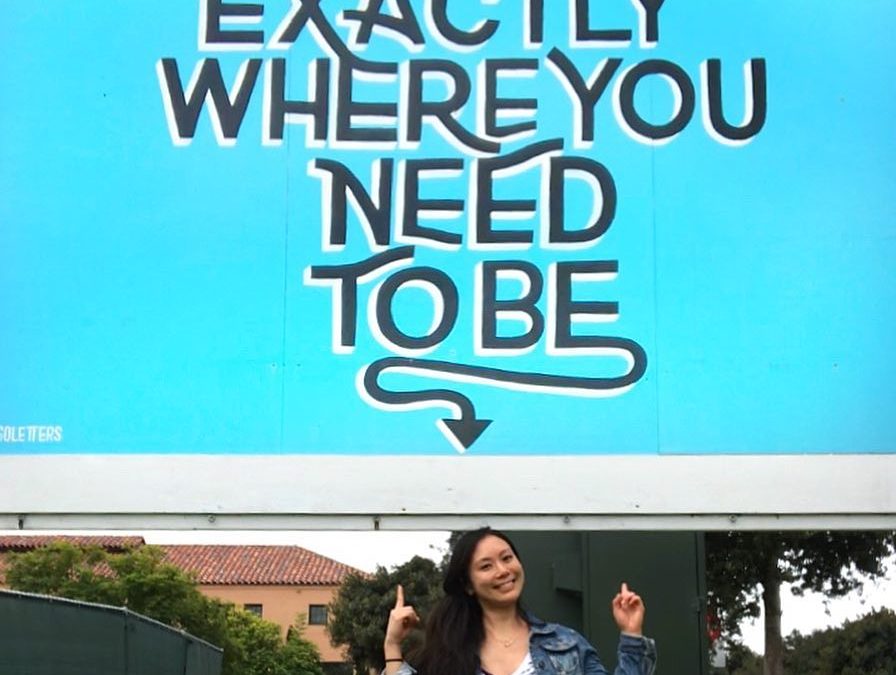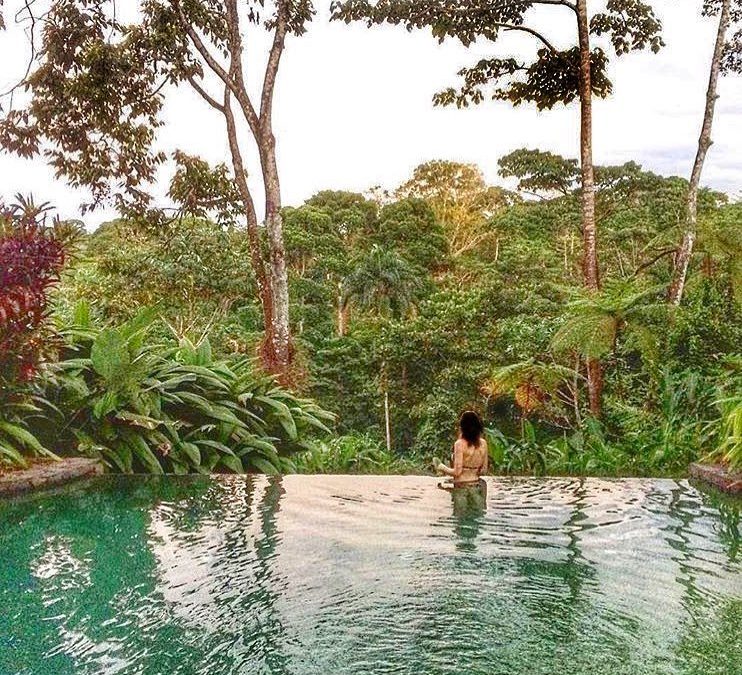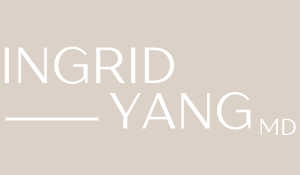by Ingrid Yang | Mar 25, 2021 | Yoga
This article was originally published in Yoga Journal – view here. In 2006, I opened a yoga center in Durham, North Carolina. One afternoon, I was sitting at the front desk when a middle-aged man walked in the door with a smile on his face. He approached me,...
by Ingrid Yang | Feb 9, 2021 | Yoga
Article originally published via Yoga Journal – view here. These pranayama and asana practices, designed by Yang, can help ease the lingering pulmonary, cardiac, and neurological symptoms of COVID-19. They are also beneficial for anyone working through illness,...
by Ingrid Yang | Feb 4, 2021 | Yoga
Original article was featured in Yoga Journal – view article here. Arthritis is the most common condition affecting the musculoskeletal system, with the kneeand the hip being the two most commonly affected joints. Approximately 21 percent of adults in the United...

by Ingrid Yang | Feb 14, 2018 | Uncategorized
The other night, my friend and I were talking about choices. She is on the brink of a big career decision that will dictate the direction of the rest of her life. We systemically discussed the pros and cons, the “what ifs”, and the “then...

by Ingrid Yang | Feb 14, 2018 | Uncategorized
Comfort Zones: Exactly 24 hours ago, I was sitting on my bedroom floor with my freshly packed bag beside me, Costa Rica guidebook in my lap… and then it dawned on me to ask: “Am I crazy?” Why am I traveling to a foreign country for just 4 days, with no real...


